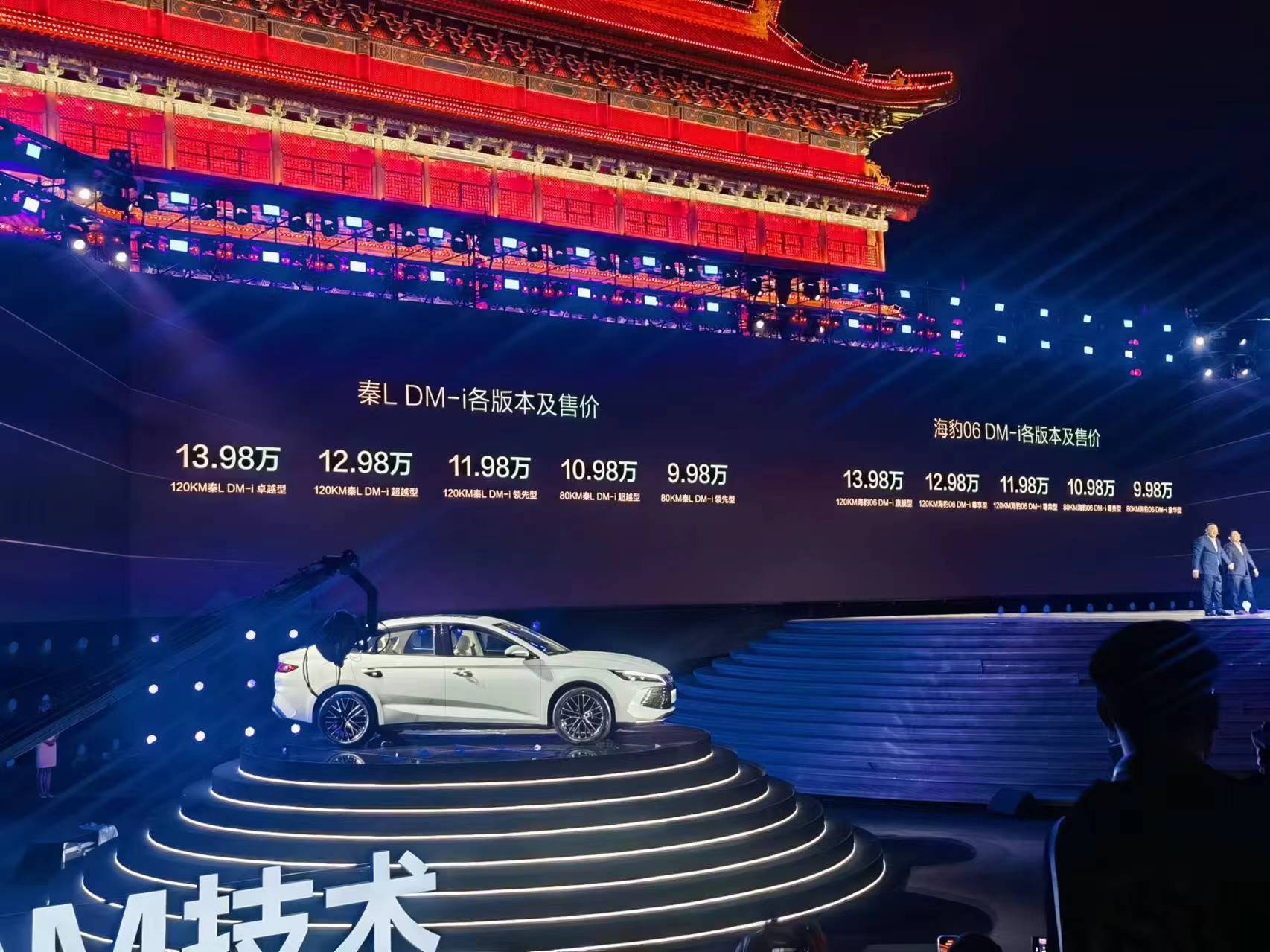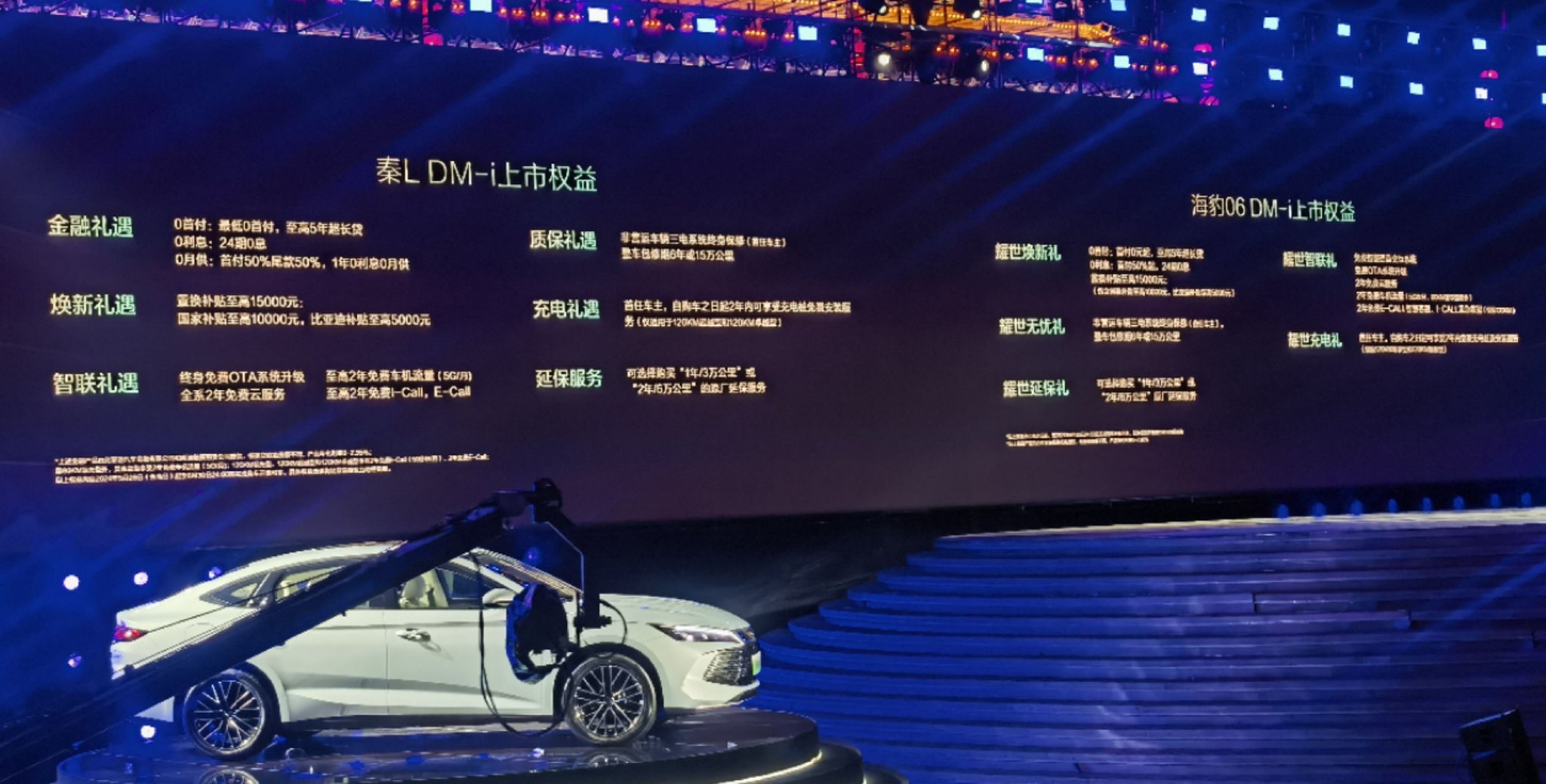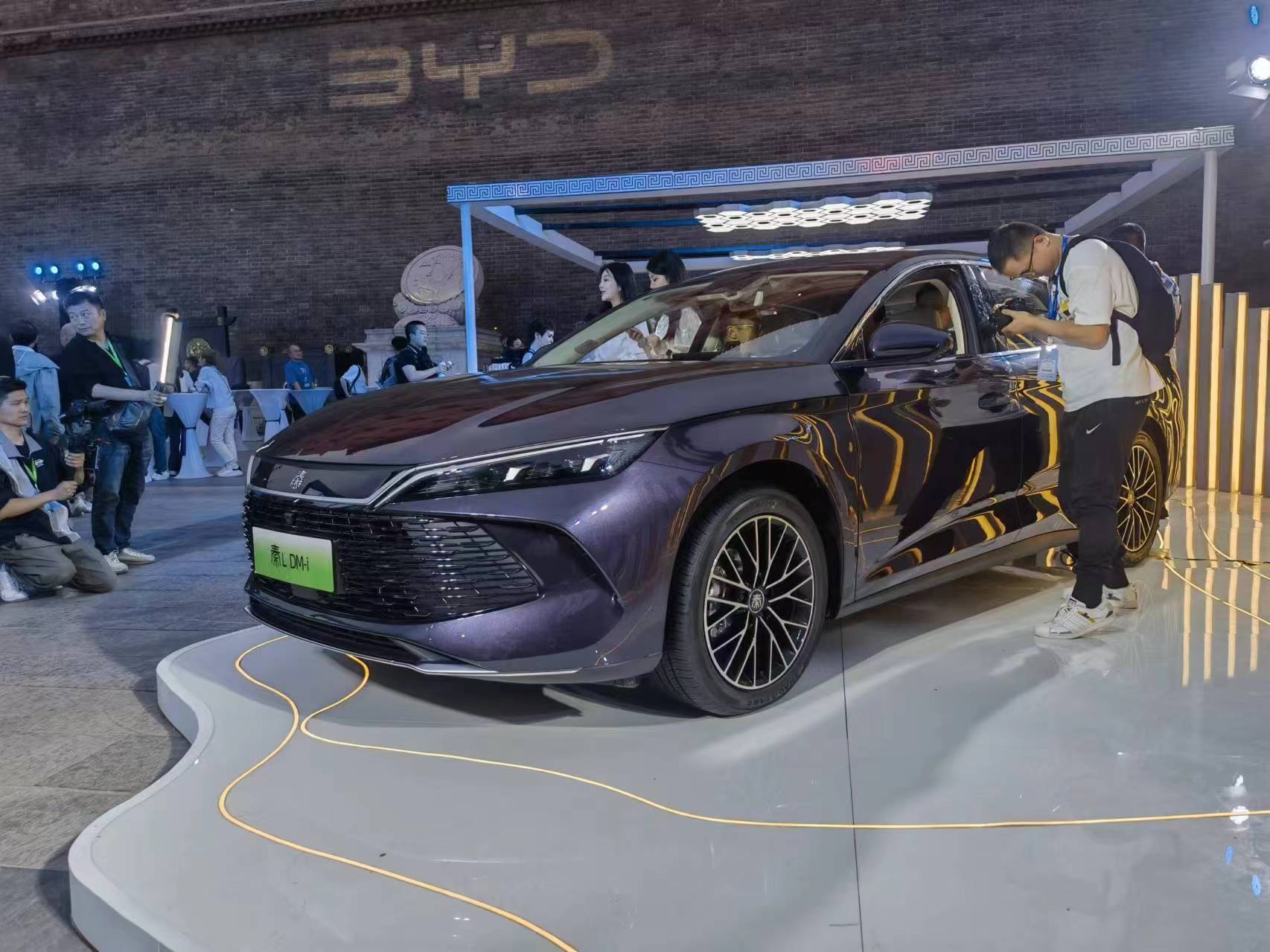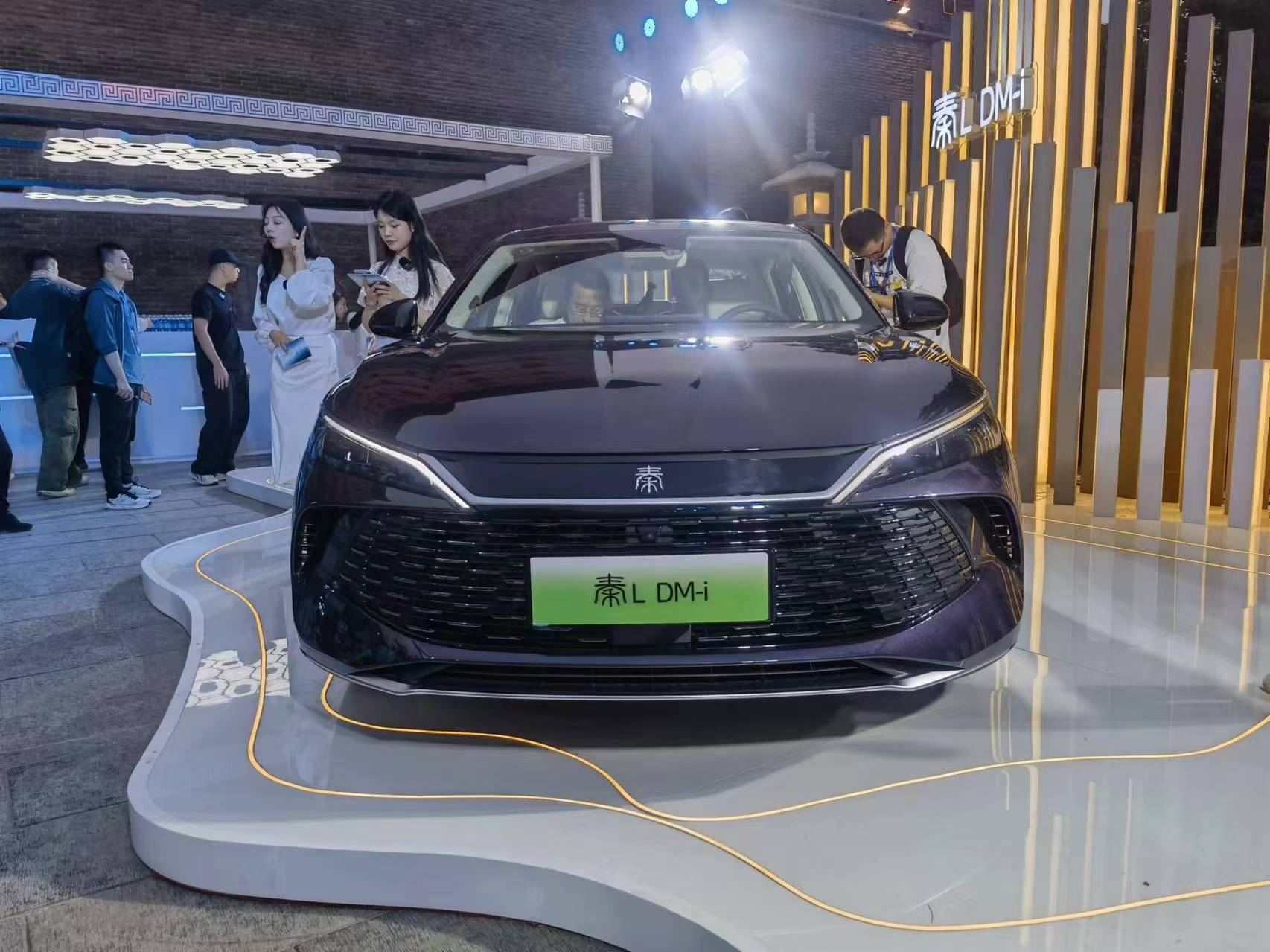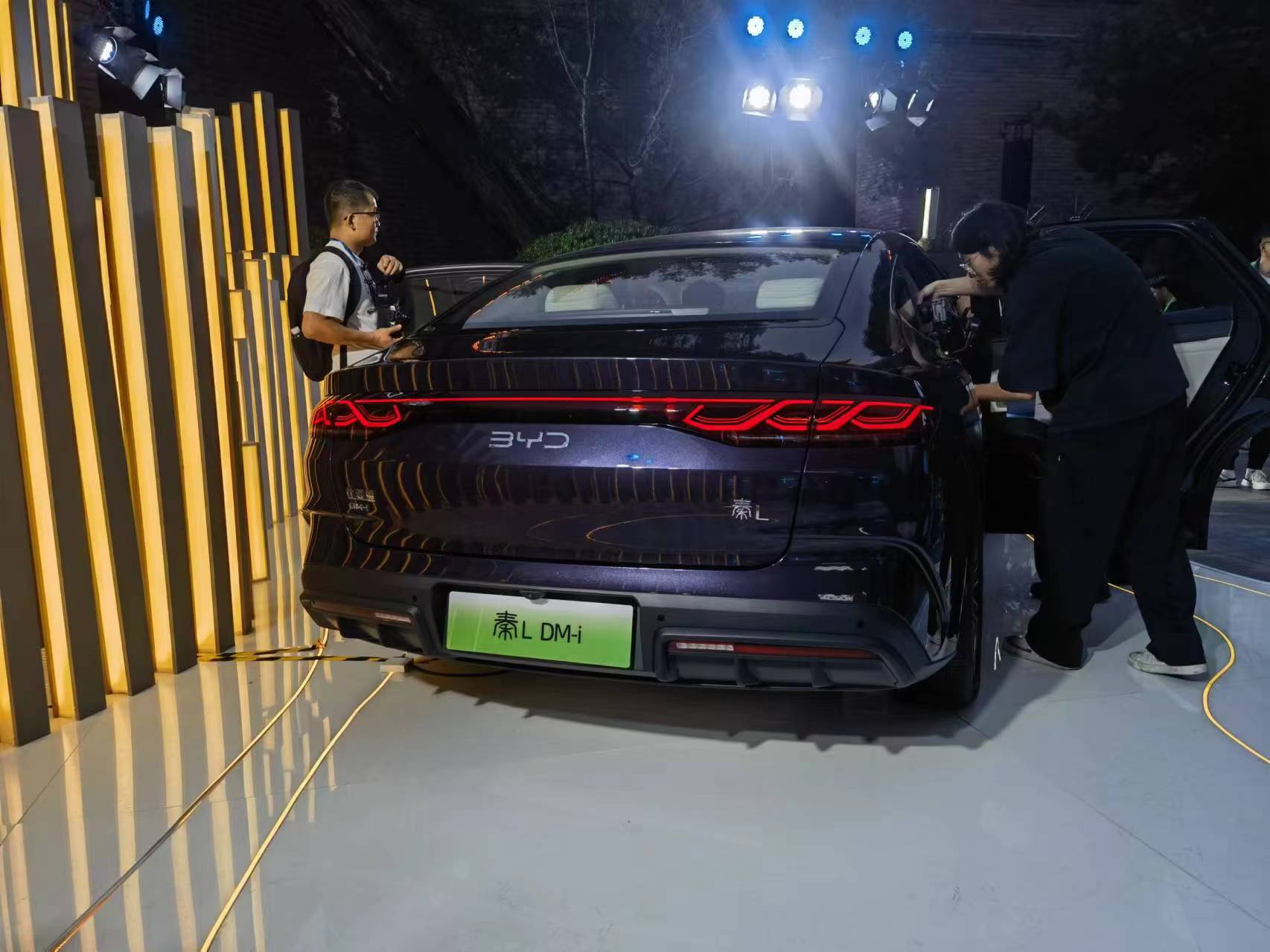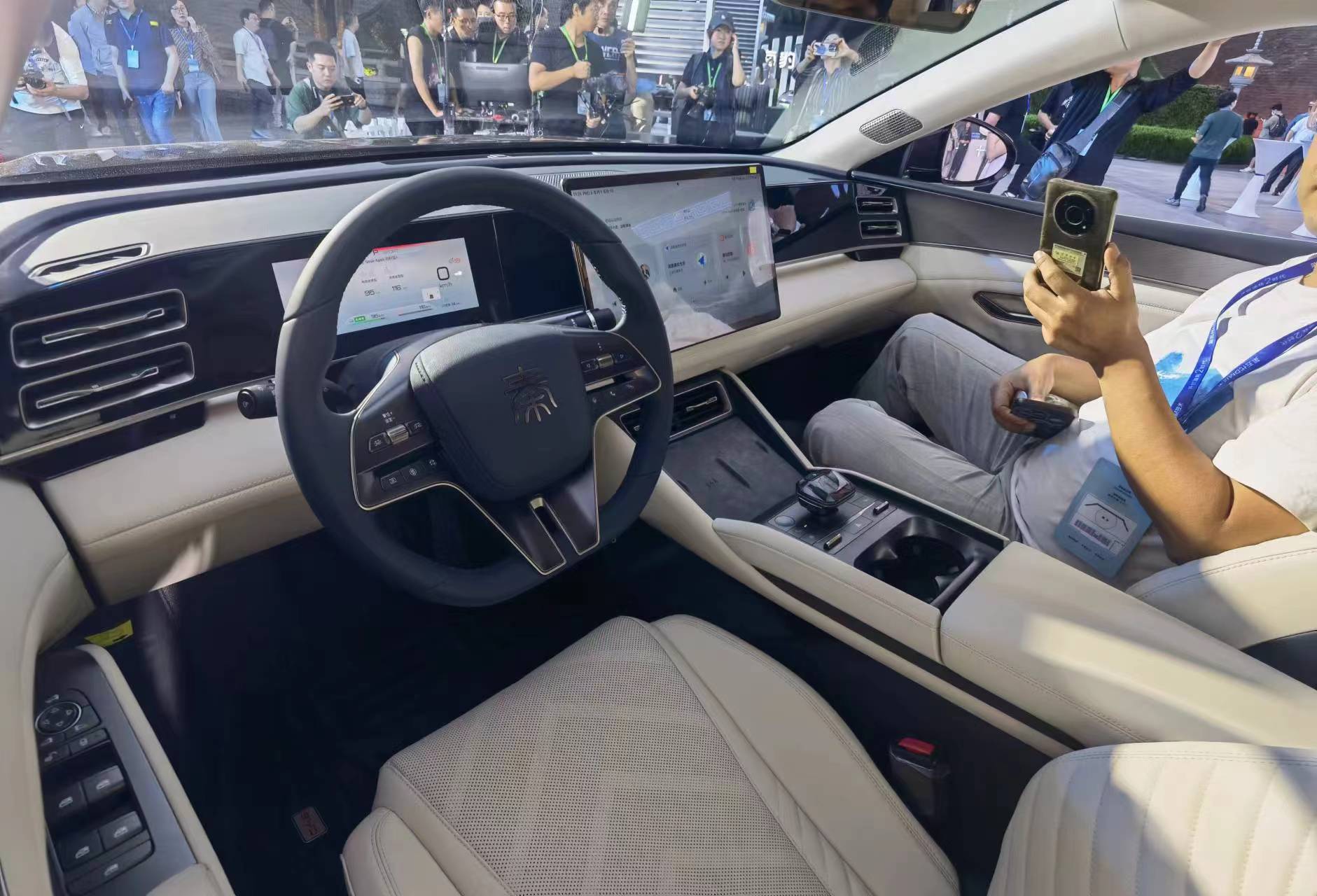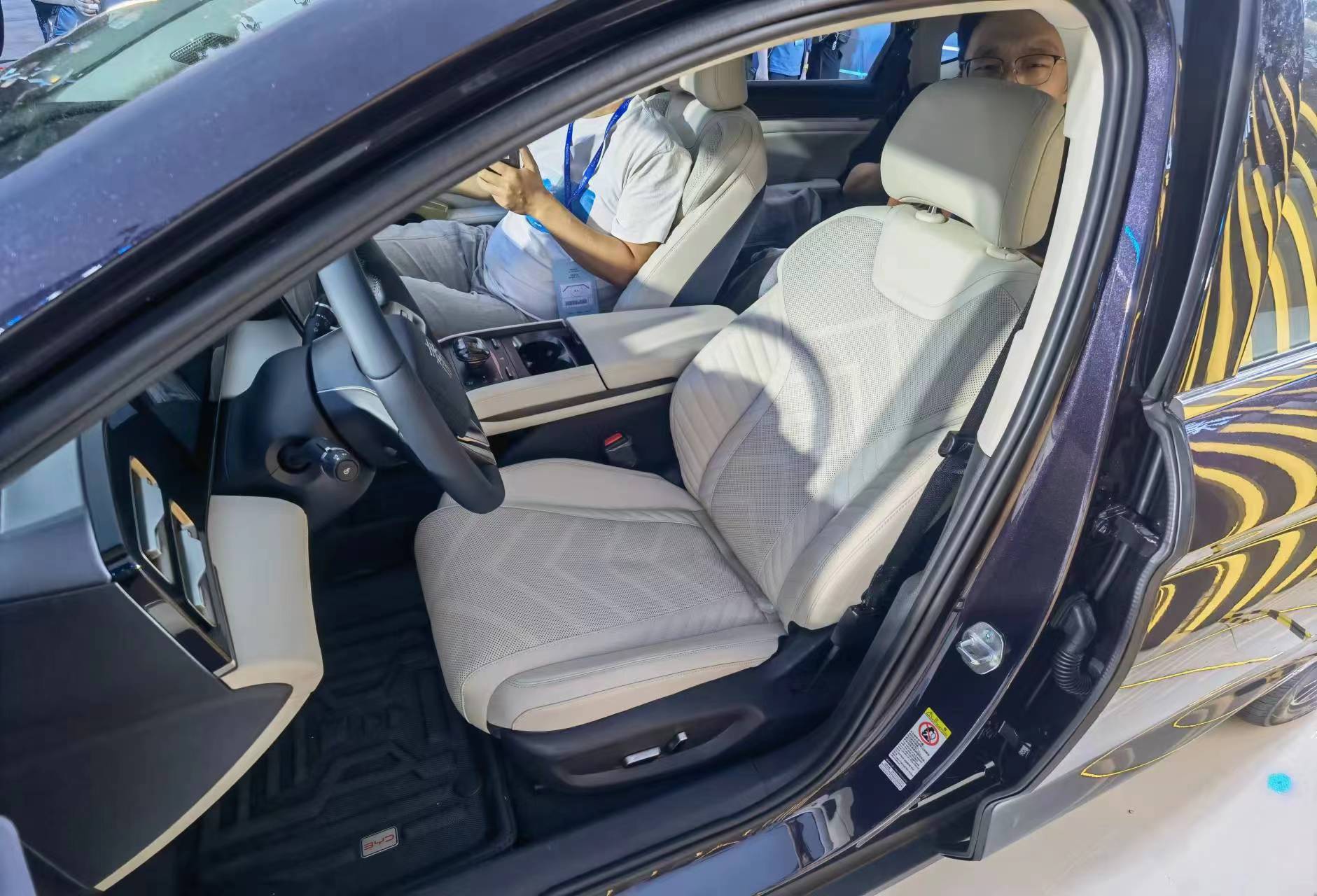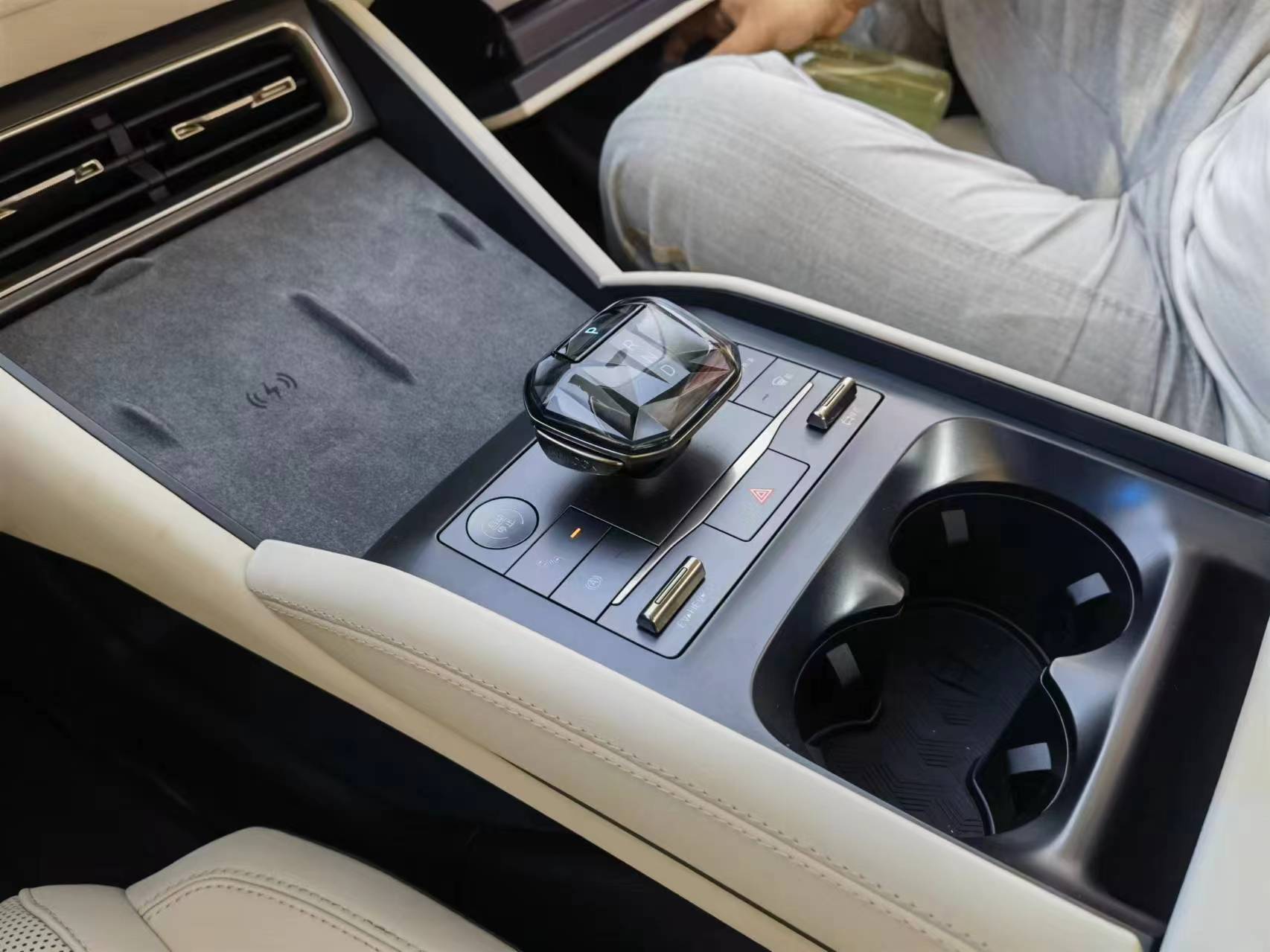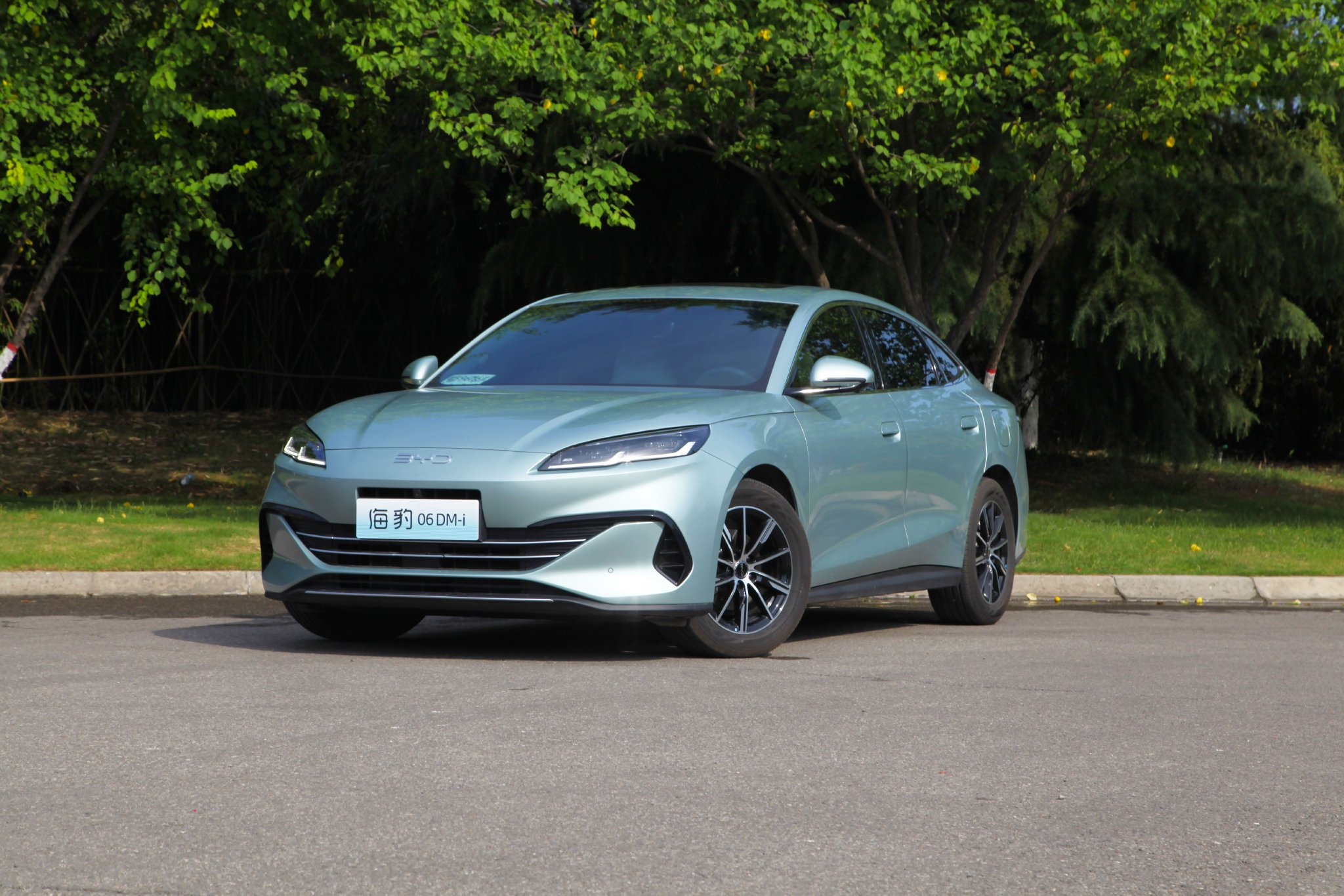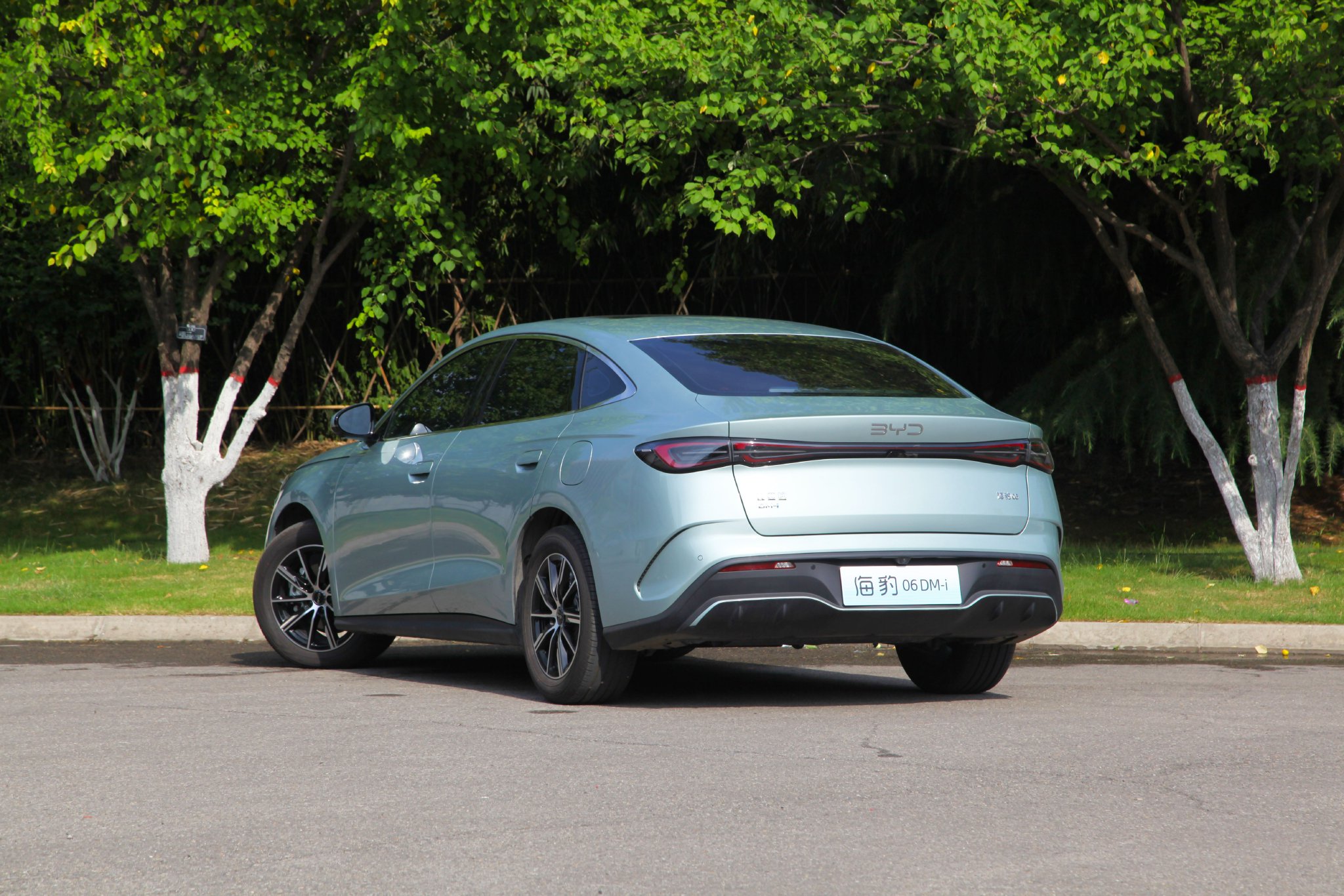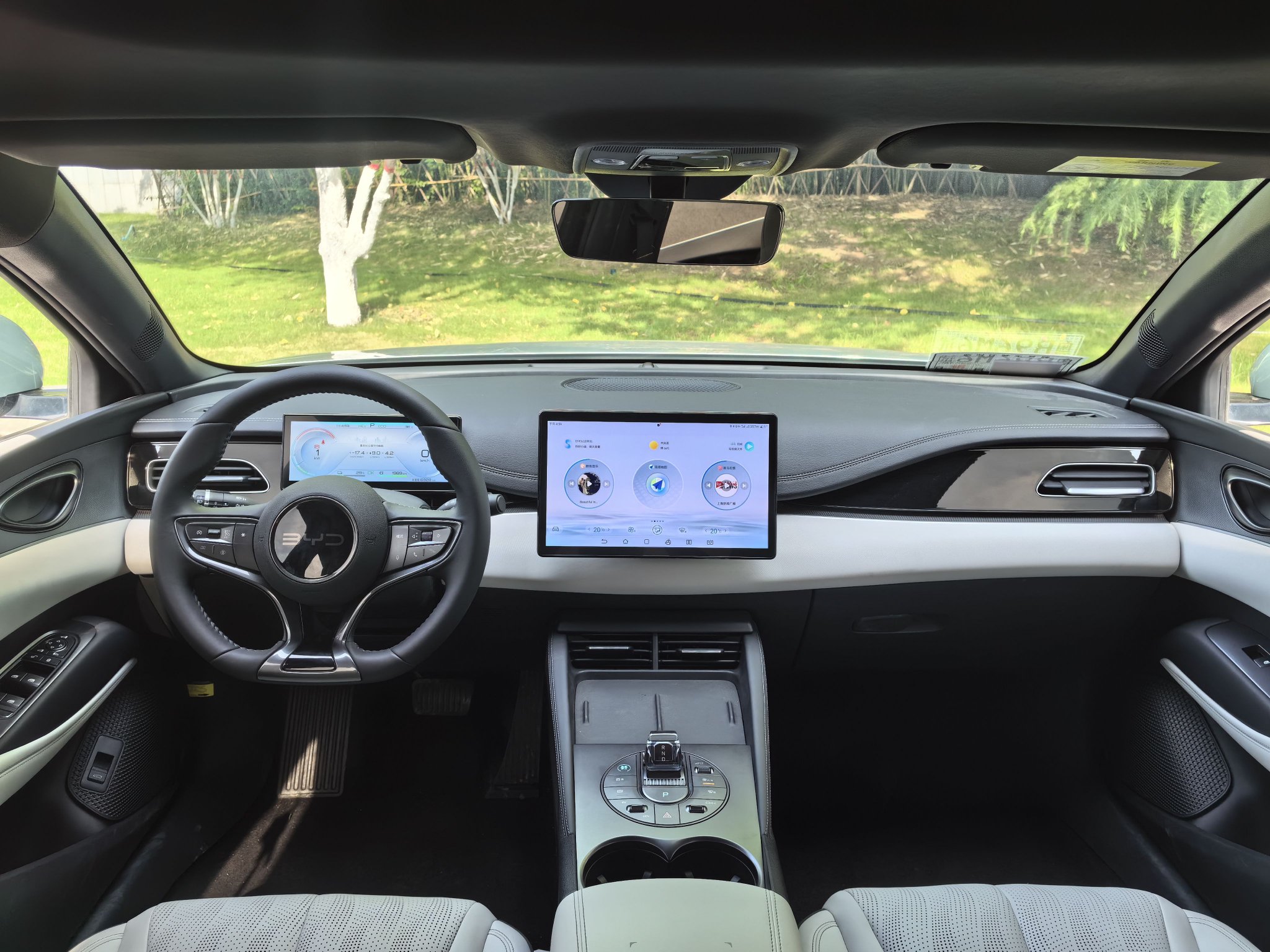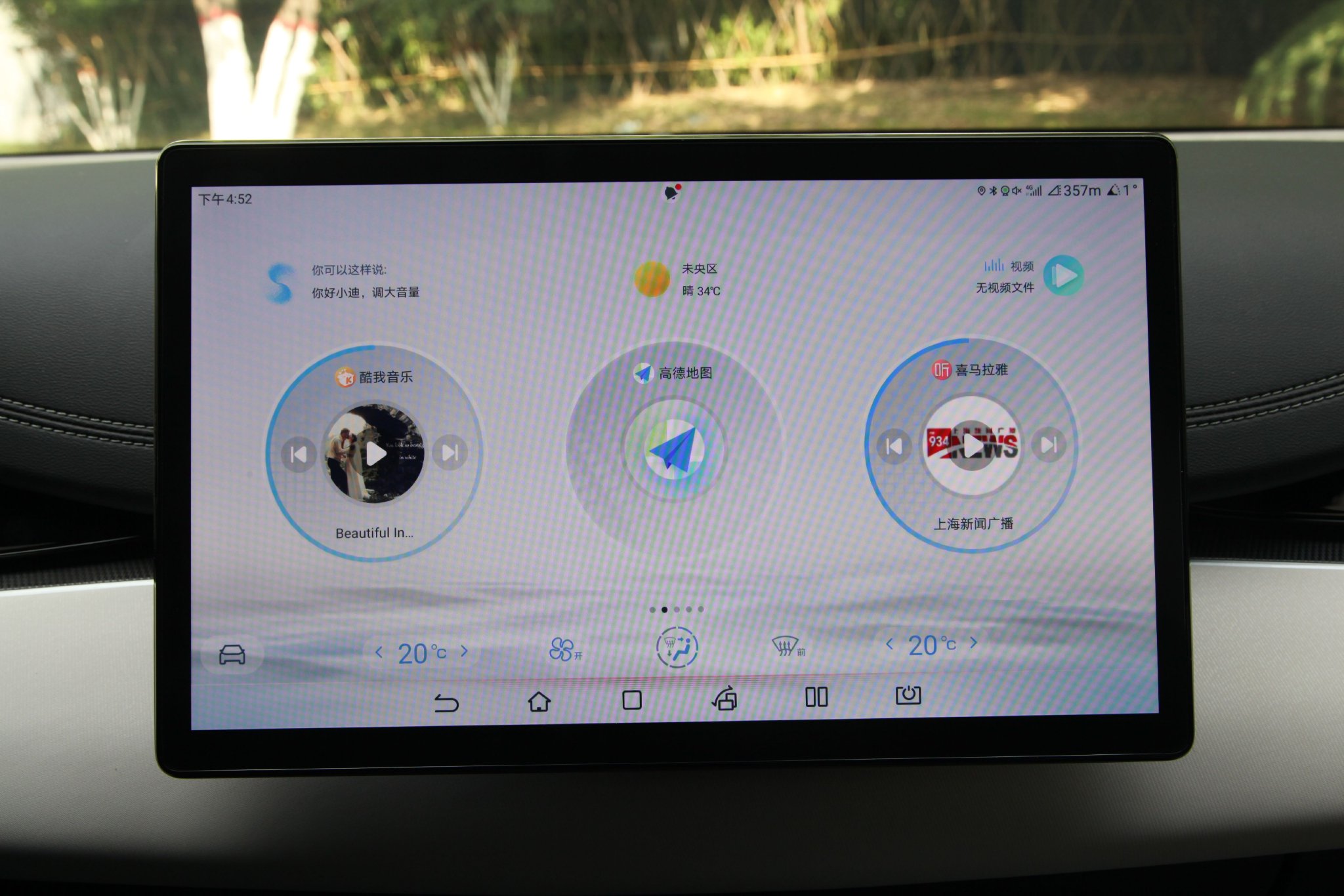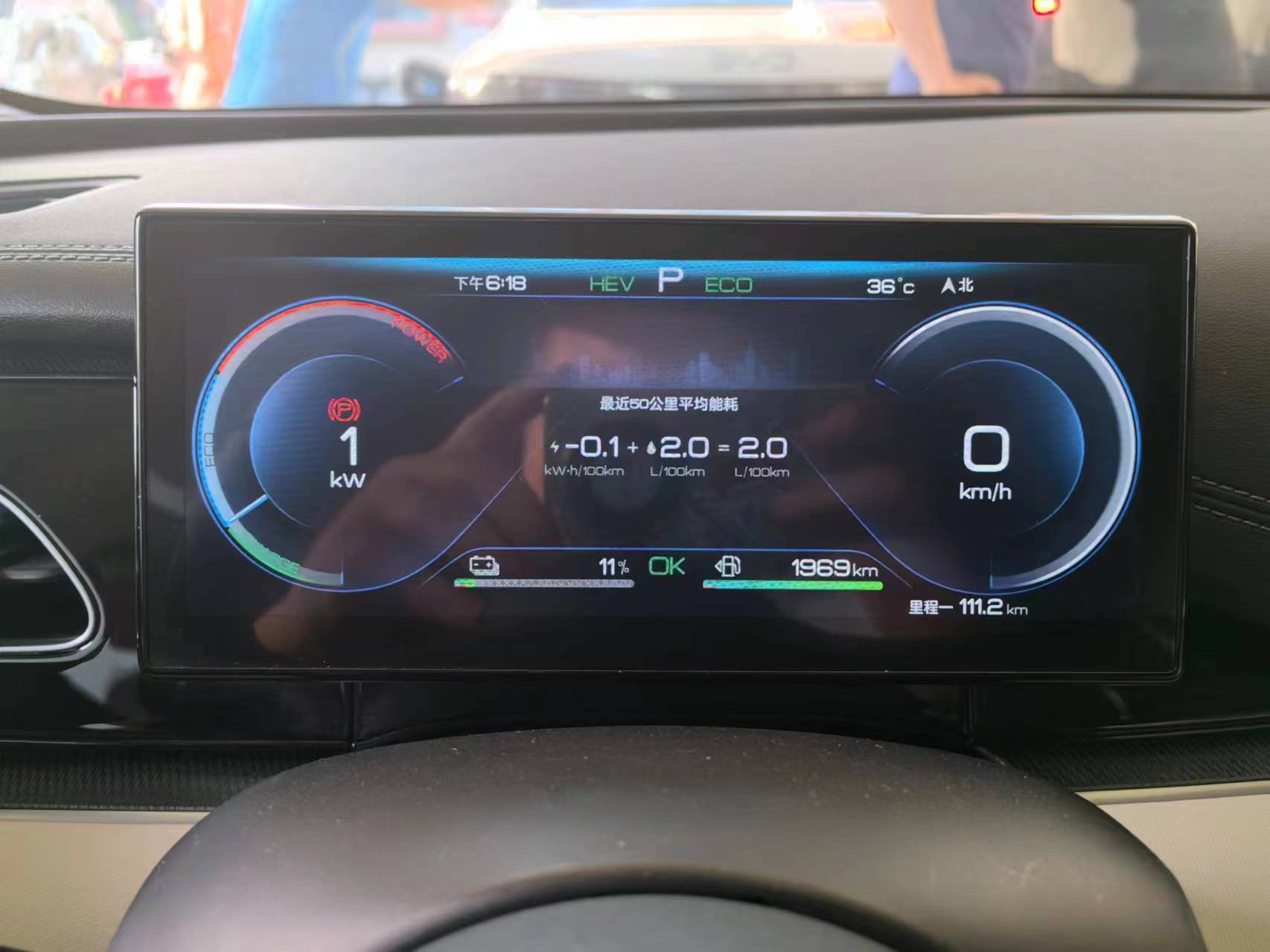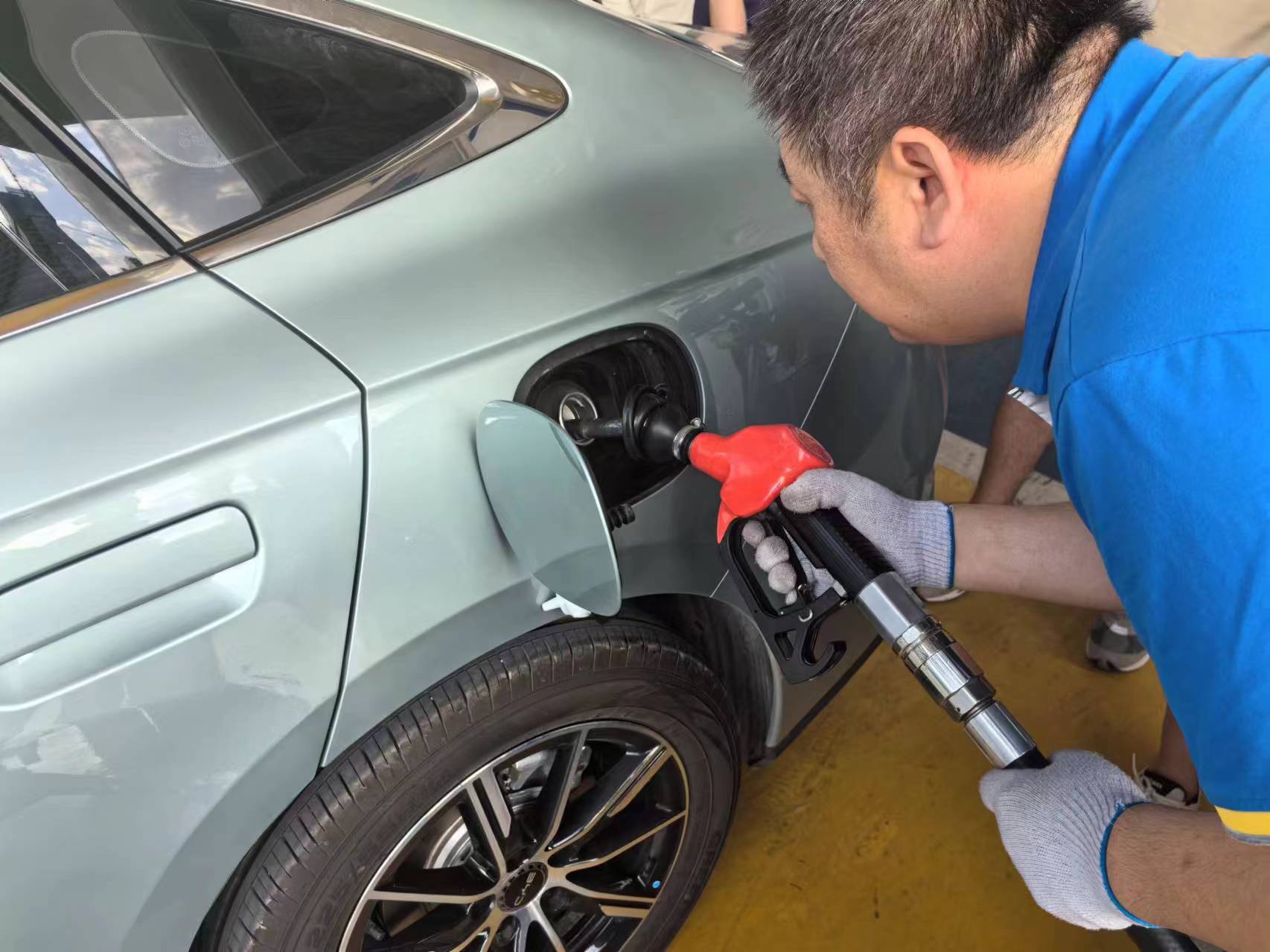On May 28th, BYD officially released the fifth-generation DM-i super hybrid technology. The two new models equipped with this technology – BYD Qin L and BYD Dolphin 06 – were also officially launched. Both cars are positioned as mid-size sedans. Qin L and Dolphin 06 are priced the same, with each model offering 5 different versions, priced between 9.98-13.98 million yuan.
BYD Qin L Qin L is a new model of the BYD Dynasty Network Qin family, positioned as a mid-size sedan, continuing the aesthetic design of the Dynasty family, with interior design language of “landscape painting”, powered by the fifth generation DM-i super hybrid technology.
The new car continues to use BYD’s classic “Dragon Face” design language, but has been updated to “New National Tide Dragon Face Aesthetics” design after the upgrade, with more of the latest design elements in BYD’s current design. The overall style is more aggressive after evolution, with a very noticeable sporty look, and has significant differences from any current “Qin” model.
The front style is the latest design style of the dynasty, officially called the “dragon chanting front face”. The multi-level front face is full of sharpness, with a big mouth grille filled with matrix-style short lines, and the narrow bottom air intake grille at the bottom enhances the sporty atmosphere of the front face. The large C-shaped air intake on both sides of the bumper has a ventilation design, looking very domineering visually. The headlight design is also in the current family style, with a long and narrow shape, officially called the “dragon whisker daily headlight”. The wing-shaped chrome-decorated light strip is embedded in the upper part of the headlight, retaining the family recognition while creating a visually impactful modern Chinese style.
The side of the body features a smooth waistline, flat windows, and a sporty sloping roof design. The car measures 4830/1900/1495mm in length, width, and height respectively, with a wheelbase of 2790mm, making it the largest in the Qin family. Available colors include white, purple, blue, and grey.
The roofline smoothly transitions from the A-pillar to the sloping C-pillar, giving the rear of the car a compact and dynamic look, officially called the “dragon soaring back.” The new rear styling is simple, with two trapezoidal exhaust pipes at the bottom + diffuser decorations highlighting a certain sporty feel.
The Qin L cabin design is inspired by “landscape painting”, with an interior available in moon white and dark gray. The main focus is on a spacious and stylish driving environment. The central control area features a symmetrical suspended T-shaped design, embedded with horizontally arranged air vents, inspired by a scroll. Soft plastic, decorative strips, and soft leather cover the entire center console, with 31 ambient lights enhancing the cabin’s comfort. Below the center console are two wireless charging panels, and the “BYD HEART” electronic gear lever features crystal cutting technology. The cabin still features the “DiLink intelligent cabin”, with an embedded full LCD instrument panel and a 15.6-inch adaptive floating PAD as the visual center of the entire center console. It is very mainstream in terms of functionality, with full-scene intelligent voice control and compatibility with all mobile ecosystems. In terms of configuration, the new car comes with a built-in ETC, NFC digital key, and control screen. In terms of active safety, the new car is equipped with the DiPilot intelligent driving assistance system, including functions such as ACC adaptive cruise control, ICC intelligent navigation, LDW lane departure warning, BSD blind spot monitoring, and ELKA emergency lane keeping assistance system.
The seats feature ergonomic design with shoulder support, providing comfort. The front seats are electrically adjustable. The three rear seats have individual headrests and charging ports for mobile devices. The panoramic sunroof is still equipped on the ceiling.
In terms of power system, the Qin L is equipped with BYD’s 5th generation DM-i hybrid system, combining a 1.5L naturally aspirated engine and electric motor, with a maximum power of 74 kW. Differentiating between high and low configurations, the motor comes in two versions with maximum power of 120 kW and 160 kW, and the battery comes in two options of 10.08 kWh and 15.874 kWh. Under CLTC conditions, the pure electric range is 80 km or 120 km, with a fuel consumption of 2.9L/100km. It features a hybrid-specific chassis with CTB technology, and a suspension system of front MacPherson and rear multi-link independent suspension. BYD Dolphin 06 The Dolphin 06 is a new model in BYD’s Dolphin family, positioned as a mid-size sedan, with exterior and interior design continuing the marine aesthetic, powered by the 5th generation DM-i super hybrid technology.
The appearance of the Sea Lion 06 continues to follow the Ocean Net family’s “Ocean Aesthetics” design language. The overall look of the car has a strong family resemblance, with flowing lines and hidden ocean elements. This is a typical mid-size car, but like the Sea Lion, it emphasizes sportiness in its design. The front end has the typical style of the BYD Ocean Net, with a closed trapezoidal grille and chrome trim. The black trim on the sides extends to the air intakes, resembling a flying bat ray, giving a strong marine animal vibe. With the low-slung front design, the overall lines are horizontal, emphasizing the sporty look.
The headlight group of the HAIBAO 06 is shaped like a pod, but longer and more slender. The suspended headlights also feature a family design, with the glowing unit inside the lamp cavity looking very technological, while the modern double L-shaped LED daytime running lights below add a contemporary touch.
The Hai Bao 06 is equipped with traditional frame doors, but the door handles are semi-recessed. The body side is outlined with flowing lines, long front end, short rear end, and flat-shaped windows, highlighting a low-slung sports coupe body style. The dimensions of the new car are 4830/1875/1495mm in length, width, and height respectively, with a wheelbase of 2790mm, very close in size to the BYD Dynasty Network’s Qin L model.
In the rear of the car, the sloping roofline and small ducktail make the rear look very compact and dynamic. The rear bumper design is sporty, with diffuser elements added. The overall new rear styling is sharp, but not rich in three-dimensional surfaces, instead showing a simple beauty, somewhat similar to a seal. In terms of lighting, the new car is equipped with integrated taillights, increasing the vehicle’s recognition.
Like many new cars in the Ocean series, the cabin features a symmetrical dual-layer floating T-shaped design in the center console area, with wave-like lines for a smooth look. The family’s characteristic adaptive floating PAD stands firm in the center of the console, continuing to be the visual focal point. Below the center console is the storage area, followed by the all-new “Heart of the Ocean” shaped electronic shift lever. As for the interior materials, soft plastic, decorative strips, and soft leather cover the entire center console, with a high proportion.
In terms of the car system, it features a 15.6-inch high screen with adaptive floating PAD function, built-in DiLink smart network system, supporting advanced functions like four-zone recognition, intelligent voice control, OTA online upgrade, and more. All models come standard with NFC car key, factory ETC, 8.8-inch dashboard, 6 airbags, and other configurations.
In terms of intelligent driving assistance, the new car is equipped with the DiPilot intelligent driving assistance system, featuring mainstream intelligent driving functions such as ACC adaptive cruise control, ICC intelligent navigation, LDW lane departure warning, BSD blind spot monitoring, and ELKA emergency lane keeping assistance system. The seats are ergonomically designed with integrated hollow headrests, unique wave-like textures above the seats, in line with the “ocean” style, using a lot of curves and color-blocking design. In terms of functionality, the front seats support multi-angle electric adjustment, the three rear seats all have independent headrests, with central air conditioning vents, and equipped with charging ports for mobile devices.
In terms of power, the new car is based on the fifth-generation DM plug-in hybrid technology, equipped with a 1.5-liter engine and a drive motor. The engine has a maximum power of 74 kilowatts, and the drive motor provides two different power options: 120 kilowatts and 160 kilowatts. It is equipped with two specifications of lithium iron phosphate blade battery packs, with capacities of 10.08 kilowatt-hours and 15.874 kilowatt-hours, providing pure electric ranges of 80 kilometers and 120 kilometers under CLTC conditions. NEDC fuel consumption is 2.9L/100km, CLTC electricity consumption is 10.7kWh/100km, and acceleration is 7.5 seconds per hundred kilometers. Additionally, the new car is equipped with a hybrid-specialized chassis with CTB technology, featuring a front MacPherson and rear multi-link independent suspension system.
